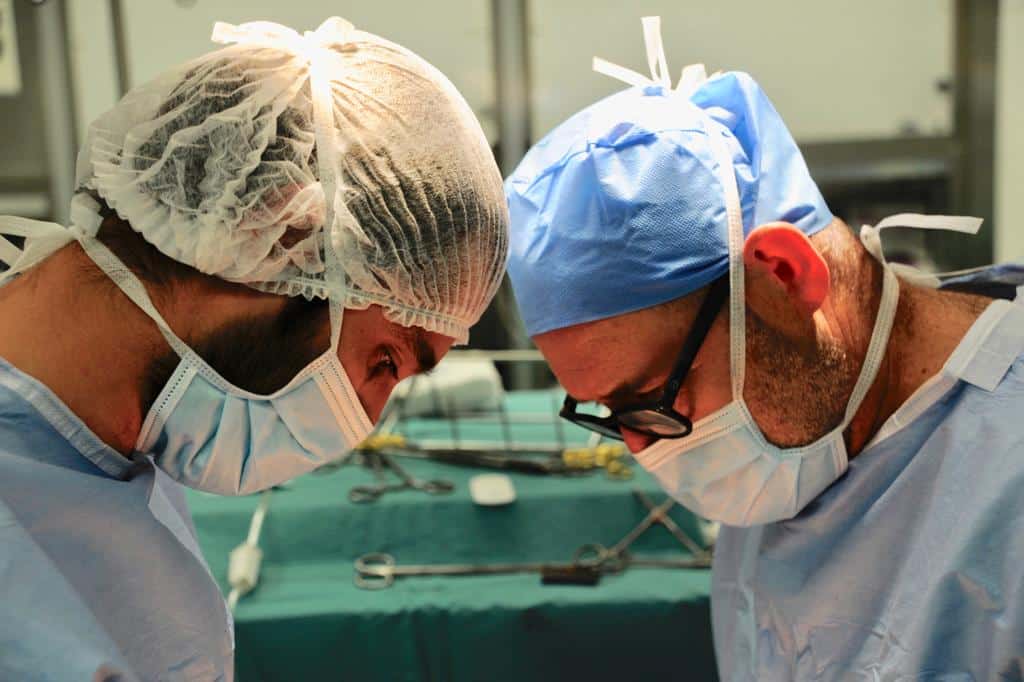Over ten years ago, a patient suffering from renal failure benefited from a successful functional renal graft offered by the health system in France. In early May, after he suffered a massive stroke, his liver was removed along with this renal graft, in line with the Maastricht III protocol. This graft was re-transplanted into a recipient on dialysis who was on a waiting list.
The Maastricht III protocol has been in application in France since 2014, and since 2016 within AP-HP establishments in the French health system. It relates to people undergoing patient care in intensive care units, mostly as the result of a stroke, but who are not yet brain dead. When there is no longer any hope of survival, when there are no more therapeutic resources to be envisaged, a committee of experts meets and takes a decision. It can decide to cease active therapies, in accordance with the Leonetti Law. Five minutes after cardiac arrest, the patient is pronounced dead. Organs can then be removed.
“The development of the Maastricht III protocol in France offers hope to all patients waiting for transplants. 8,000 kidney transplants have been carried out in hospitals in France, but there are only 3,500 operations each year. Any protocol that increases the number of transplants is a huge plus, and Maastricht 3 is clearly a move in that direction,” said Dr. François Gaudez, of the Urology Department at Saint-Louis Hospital, Paris.
This is the first time in France that this procedure has been successfully performed for a kidney transplant. The transplanted patient had been informed. “The transplantation yielded exceptional results – this transplanted kidney graft which was removed, was re-transplanted the same day into the new recipient. The graft started working again in less than 48 hours,” Dr. François Gaudez was pleased to say.
The operation was nevertheless tricky. “It was a challenge with an element of uncertainty. More time and care was needed,” Dr. Gaudez conceded. “Ten years after the transplant, the organ had been fully incorporated into the recipient’s body. Cicatricial fibrosis surrounded the graft, which made its removal complicated. Therefore, care had to be taken not to damage the graft or the artery and vein to which it was connected.”



